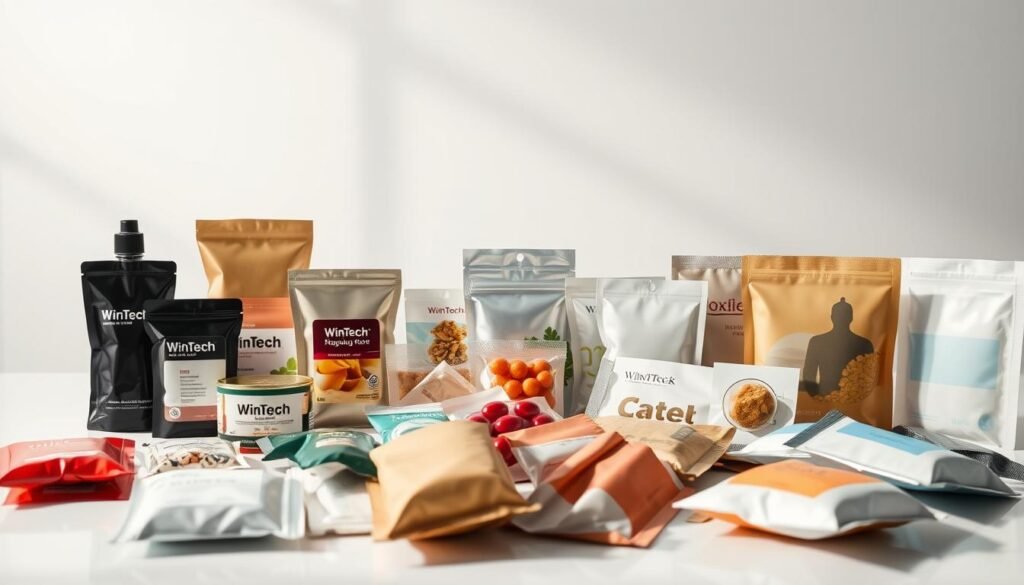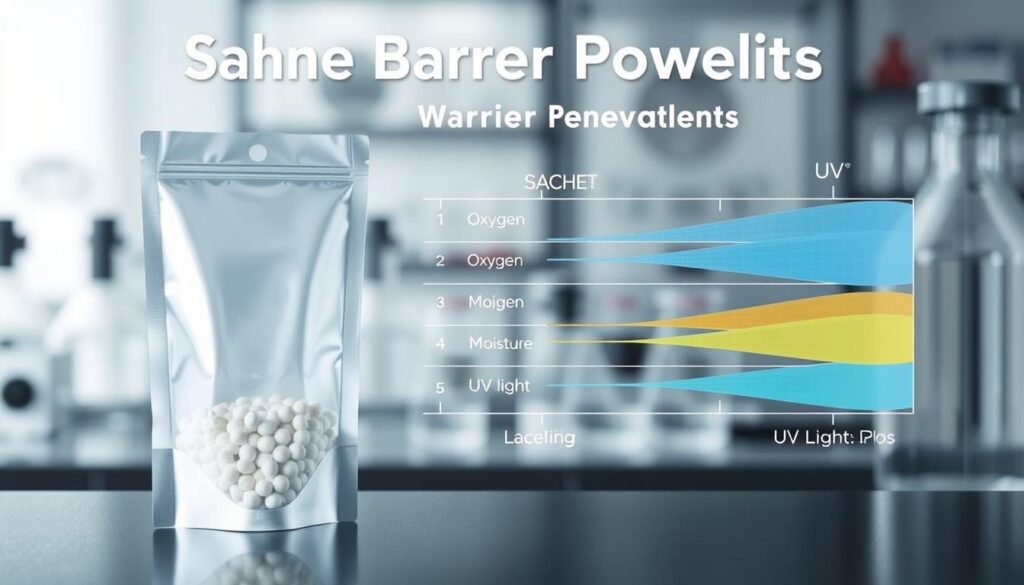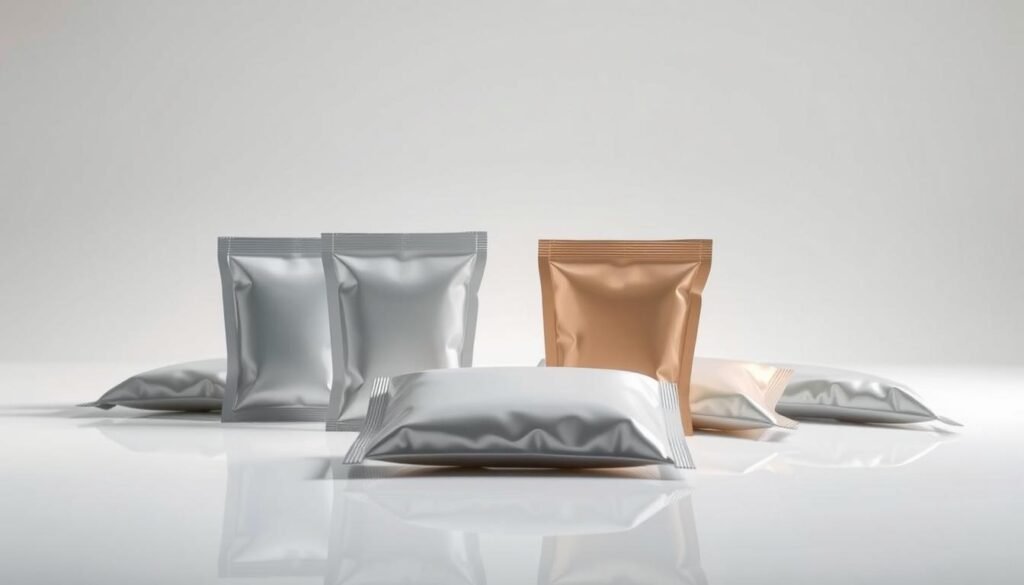Have you ever wondered how tiny packets protect complex products from contamination and degradation? What are sachets, and why are they becoming a critical packaging solution across multiple industries?
Single-use sachets represent a revolutionary packaging approach that addresses numerous preservation challenges. What are sachets capable of doing that traditional packaging cannot? These compact containers provide specialized barrier protection for sensitive products ranging from pharmaceuticals to food ingredients.
Packaging materials play a transformative role in product quality preservation. Understanding what are sachets enables businesses to select optimal packaging strategies that maintain product integrity, extend shelf life, and ensure consumer safety across diverse applications.
The intricate world of What Are Sachets packaging demands sophisticated barrier technologies that protect contents from environmental factors like moisture, oxygen, and light. Your packaging choices directly impact product performance and consumer experience.
Key Takeaways
- Sachets offer specialized protection for sensitive products
- Barrier properties are crucial in determining sachet effectiveness
- Single-use sachets provide flexible packaging solutions
- Packaging selection impacts product quality and shelf life
- Advanced sachet technologies enhance product preservation
Understanding What Are Sachets: Definition and Applications
Sachets have revolutionized packaging across multiple industries, offering convenient, single-serve solutions for consumers. These small sealed packets typically contain between 1-10ml of product, providing precise portioning and exceptional convenience.

Packaging innovation has transformed how products are distributed and consumed. Sachets represent a versatile solution that meets modern consumer demands for compact, portable, and easily manageable product formats.
Exploring Sachet Packaging Characteristics
Sachets come in multiple design configurations that cater to different product needs:
- Flat sachets for thin, lightweight packaging
- Pillow sachets with expanded storage capacity
- Shaped sachets designed for specific product requirements
Diverse Applications Across Industries
Different sectors leverage sachets in unique ways:
- Skincare Sachets: Single-use beauty treatments and samples
- Food Sachets: Condiment packaging and portable meal components
- Condiment Sachets: Restaurant and takeout portion control
Market Advantages of Sachets
The United States market has embraced sachets for their remarkable benefits, including reduced waste, improved product preservation, and enhanced consumer convenience. Sachets in skincare, food, and condiment applications continue to gain popularity among manufacturers and consumers alike.
Analyzing Barrier Properties: How They Define What Are Sachets
Understanding what are sachets goes beyond simple packaging. Barrier properties are the critical shield that protects product integrity, ensuring your items remain fresh and uncontaminated during storage and transportation.

When comparing sachets vs packets, barrier performance becomes a key differentiator. The right sachet can extend product shelf life by creating a protective environment that blocks moisture, oxygen, and external contaminants.
Crucial Barrier Performance Factors
Several key elements determine a sachet’s barrier effectiveness:
- Material composition
- Thickness of packaging layers
- Sealing technology
- Molecular structure of packaging material
Essential Testing Methods
Manufacturers employ rigorous testing to validate sachet performance, especially for sachets for travel where protection is paramount. Critical evaluation techniques include:
- Permeability testing – Measuring gas and vapor transmission rates
- Seal integrity assessments
- Environmental stress simulations
- Microscopic material analysis
Practical Applications
From pharmaceutical products to food packaging, barrier properties determine a sachet’s ability to maintain product quality. Your selection should prioritize materials that offer maximum protection while meeting specific industry requirements.
Assessing the Suitability of Sachets for Sensitive Products
Protecting sensitive products requires careful packaging solutions that maintain integrity and quality. Sachets have emerged as a critical packaging technology, especially in industries where precision and protection are paramount.

When evaluating sachets for sensitive products, several key considerations come into play. Understanding their unique protective capabilities can help you make informed packaging decisions.
How Sachets Protect Sensitive Contents
Sachets in medicine provide exceptional barrier properties against external contaminants. They effectively shield delicate contents from:
- Moisture intrusion
- Oxygen exposure
- Light degradation
- Temperature fluctuations
Selecting the Right Sachet for Your Needs
Choosing an appropriate sachet involves analyzing multiple factors:
- Material compatibility
- Barrier performance requirements
- Product sensitivity
- Storage conditions
Biodegradable sachets are gaining popularity, offering sustainable packaging solutions without compromising protection. These innovative materials provide environmental benefits while maintaining robust barrier properties.
Regulatory Considerations
In the United States, packaging for sensitive products must comply with strict FDA regulations. When selecting sachets, ensure they meet:
- Food and Drug Administration standards
- Good Manufacturing Practices (GMP)
- Material safety guidelines
Precision in packaging is not just about protection—it’s about preserving product quality and ensuring consumer safety.
Conclusion: Making Informed Decisions About What Are Sachets
As the global flexible packaging market continues to evolve, understanding what are sachets becomes crucial for businesses seeking innovative packaging solutions. The insights gathered throughout this exploration reveal the complex world of sachet packaging and its significant role in protecting sensitive products across various industries.
Your journey through sachet technology demonstrates how advanced barrier properties can transform product preservation. What are sachets if not sophisticated protective containers designed to maintain product integrity? The strategic selection of sachet packaging involves carefully evaluating material performance, environmental impact, and specific product requirements.
Emerging Packaging Innovations
The future of sachet packaging looks promising, with technological advancements focusing on sustainable materials and enhanced protective capabilities. Manufacturers are investing in research to develop eco-friendly solutions that reduce environmental footprint while maintaining superior barrier properties for sensitive products.
Strategic Decision-Making
When considering what are sachets for your specific needs, remember that each packaging choice impacts product quality, shelf life, and consumer perception. By understanding the intricate details of sachet technology, you can make informed decisions that balance functionality, cost-effectiveness, and environmental responsibility in the United States market.
Final Product Protection Strategies
Selecting the right sachet packaging requires a holistic approach. Your success depends on evaluating barrier performance, regulatory compliance, and alignment with your product’s unique characteristics. Embrace the potential of modern sachet solutions to elevate your packaging strategy and meet evolving market demands.